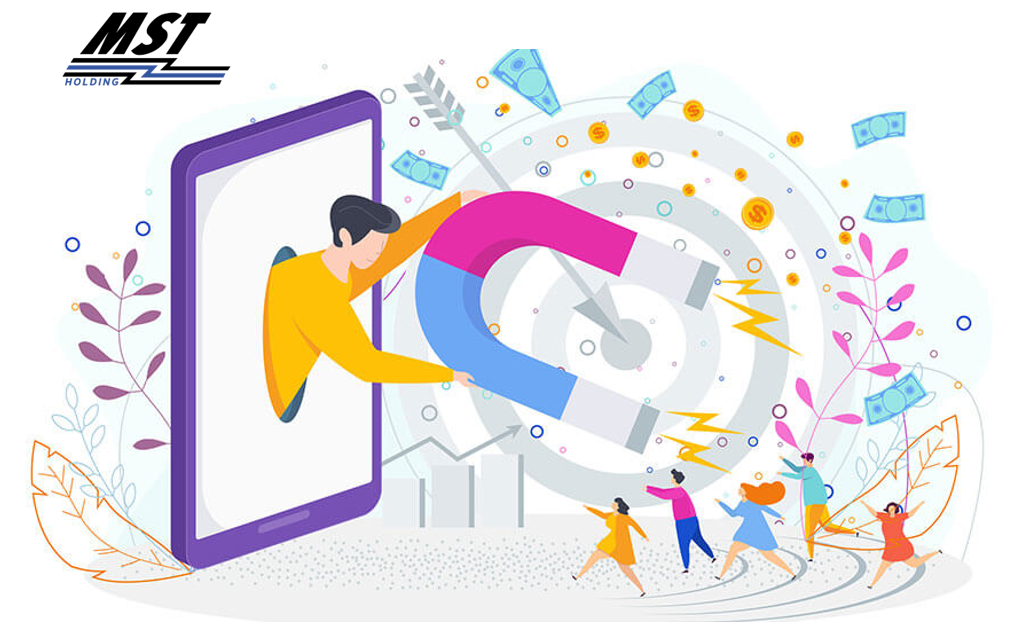In any company or organization is always necessary to attract new customers, but without making the mistake of no retaining the already existent. It is known that it is more difficult to acquire customers than to retain them, also in the economic aspect. That’s why; to carry out a good customer loyalty program is essential.
The idea behind the implementation and adoption of a customer loyalty program is to increase the profit interchanging between a company and their customers. To do this, you have to have the advantages clear in case the plan is implemented. Despite being a big brand, Mango is the perfect example of a successful case in the customer retention.
WHAT DOES A BUSINESS ACHIEVE WITH A CUSTOMER LOYALTY PROGRAM?
According to statistics, with the provision of a rewarding incentive, 75% of customers are more likely to make a second purchase.
COST SAVINGS AND BETTER SALES POTENTIAL
Business owners are aware that only happy and satisfied customers will stick with their brand. Hence, they apply customer loyalty programs. This makes retention a more profitable approach than acquisition.
USER TRUSTED REPUTATION
A company depends on the reputation it builds among customers. Trusting loyal customers to write reviews and make good comments online for your business can boost your brand image. Social media and websites are efficient platforms to market your brand and commercial products, building a trusted reputation for users.
SPREAD THE GOOD WORD OF MOUTH
When you offer rewards and incentives that attract and keep loyal customers, they will surely invite their friends and family. So you’re getting word of mouth to a variety of potential customers when your loyal customers share details with people they know, including family, friends, and colleagues.
KEEP LOYAL CUSTOMERS
Finally, an important benefit of offering a customer loyalty program is that customers will prefer to buy products from your business when they know that incentives await them. Once you offer desirable rewards and rebates to customers for their purchases, they develop a connection with the brand.
8 ELEMENTS TO START A CUSTOMER LOYALTY PROGRAM
1. Find the best possible name for the program
A good name not only stands out from the rest, it must relate to the needs and requirements of the customers. The basic premise of a customer loyalty program is to arouse their interest and curiosity.
2. Evoke deep meaning in the show and its name
Customers will only opt for a loyalty program if they think it will benefit them. You must make your loyalty program not be seen simply as a tool that chains customers to your business.
On top of that, your customer loyalty program needs to make sense. It must make sense to customers and add value to the business’s shopping experience. You have to choose the right time to present the program and market its benefits.
3. Offer incentives through a variety of customer actions
Making the program effective will depend on how you will reward customers. Will you only reward them for making a purchase? Or will you reward them for other consumer actions such as reviews, social media profile engagement, and content sharing that enhances brand reputation?
You should reward all types of customer participation for a holistic loyalty program, be it promotional offers or discount codes.
4. Plan different types of rewards
For the customer loyalty program, it is best to introduce a dynamic range of rewards and incentives. You have to spark creativity and work on the best possible ideas to include attractive rewards for the most customers, not just discount codes, for example.
A practical example of a reward from a customer loyalty program is the provision of loyalty points. You can let customers accumulate points and then let them choose between free products, movie tickets or privileges through mobile applications.
5. Add value to customer loyalty points
Make it worth the time and money that customers invest in your company. If you think a customer enjoys shopping at your business, you can present them with loyalty points. These are meant to be a marketing tool that drives the customer back to make more purchases. If you provide loyalty points that customers can collect for different types of rewards, customers will visit your store more often.
6. Introduce non-monetary incentives for loyal customers
You don’t always have to provide monetary rewards to customers for their efforts, including good word of mouth and repeat purchases. To help your business grow and keep customers happy in every way, you can also rely on non-monetary incentives. For example, show solidarity with customers because of the difficulties they are going through or get involved in a social movement if you consider it fair.
7. Allow registration through various links
It’s best to promote the benefits and let existing customers know about the loyalty program you’ve introduced. More importantly, you need to provide different enrolment methods within your loyalty programs.
For example, some of the most prominent business leaders in various industries allow customers to enrol customers in the loyalty program through credit/debit purchases.
8. Develop partnerships for inclusive incentives
For example, another company may collaborate with yours to attach their product as an incentive for you to engage with customers through the loyalty program. While customers will see this as a good deed, it will also allow you to form trusted partnerships in your quest to acquire more customers.
MORE PRACTICAL AND EFFECTIVE CUSTOMER LOYALTY PROGRAM IDEAS
As a small or medium business, you need to stay creative in the market. This is because not all growing businesses enjoy a massive increase in sales or profits. In addition, the largest companies have constant financial influence in the market, which allows them to perform great marketing tricks.
Because of that, small businesses have to figure out plans and create customer loyalty programs in a way that helps them stay agile and grow their customer base.
Here are some common forms of leverage that companies use to facilitate the success of customer loyalty programs:
- Free trial services.
- Subscription to newsletters (email address).
- Point systems.
- Referral programs.
- Partner programs.
- Loyalty discounts.
CONCLUSION
In any case, the customer experience must be a priority and a fundamental pillar of a customer loyalty program. You can’t risk creating a customer loyalty program that has no value in the eyes of customers and doesn’t make their buying process interesting or rewarding. No customer loyalty program works overnight to attract customers to the business. But, with the right efforts and incentives in your customer loyalty program, you can retain a large proportion of your customers.

